Beginning with aspirations rather than problems
The first step of creating a shared understanding of system identity involves documenting people’s aspirations for the system and making visible the underlying values that are held by different stakeholder groups. Beginning the process with a discussion around shared values and aspirations, rather than the problems they face, highlights stakeholders’ own agency in navigating the system toward a sustainable, safe and just future. It also prevents problem paralysis, where people get stuck focused on trying to find solutions before they fully understand the systemic nature of the problem.
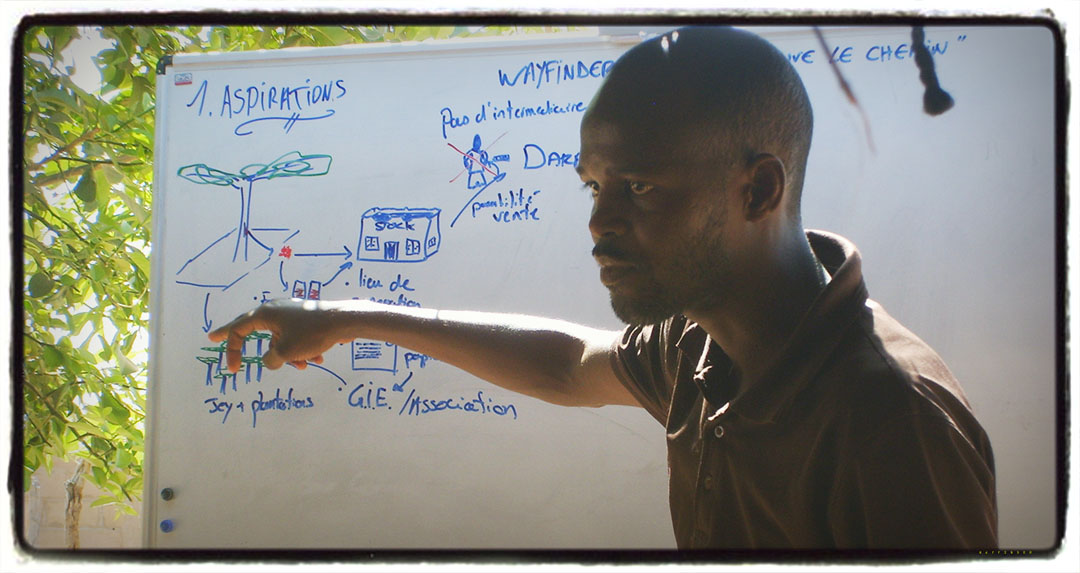
Stakeholder workshop about future aspirations in a Wayfinder pilot in Ranérou, Senegal. To give the Wayfinder process a clear direction it is useful to start from people’s aspirations – collectively reflecting on what kind of future people want. Photo: D. Goffner.
At first it is practical to frame the aspirations in a fairly general way, so that people can agree on them. At the same time, they should be specific enough to give the process direction. Often in highly unequal contexts, individuals or groups of people may have different and potentially opposing aspirations, which may lead to tensions. At this step in the Wayfinder process it is, however, important to try to find common ground and build commitment to the process. There are various tools available for managing conflicting interests and perspectives, for instance by using exercises that increase the understanding of different perspectives, opinions, and roles of among different groups of people, and actors, in the system.
Considering, stewardhip, reciprocity and broader sustainability goals
A key issue to consider when exploring people’s aspirations is how well they align with sustainability issues at large. Can the aspirations be realized without having a negative impact on people and nature at the focal scale and beyond, now and in the future? To what extent do they support the productive capacity of the biosphere, and build on a sense of stewardship for the environment and reciprocity between people?
These issues are not straight forward and you may need to undertake a number of rounds of discussions with different stakeholder groups to make sure aspirations represent a sustainable, safe and just future for all. Working through this will significantly improve the outcome of the Wayfinder process and elevate the ambition to creating positive change beyond the focal scale. The attached discussion guide includes a set of questions that will help you structure your work on aspirations. See also two attached activity sheets that are helpful to articulate shared aspirations.
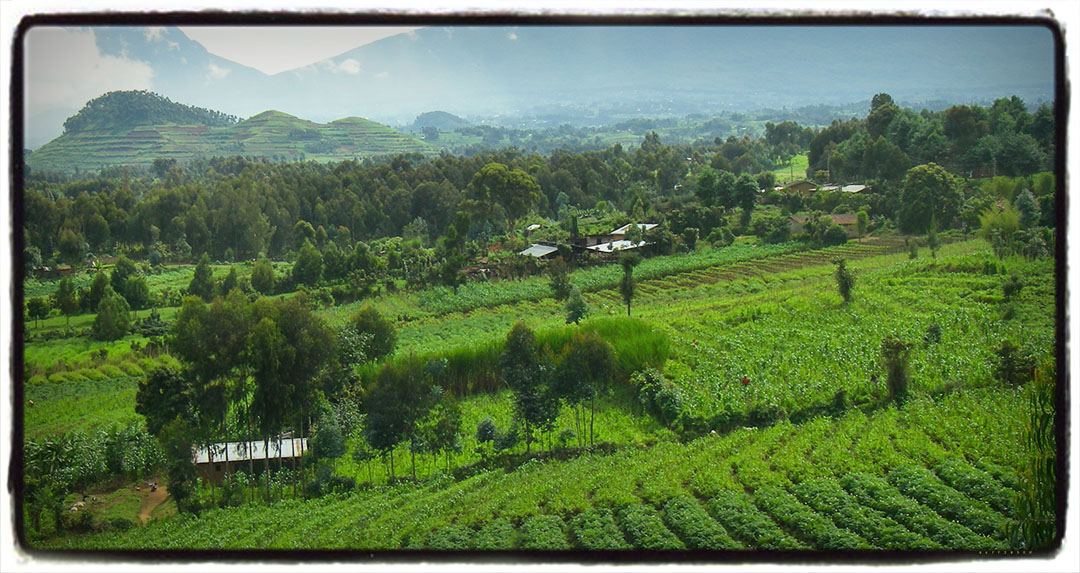

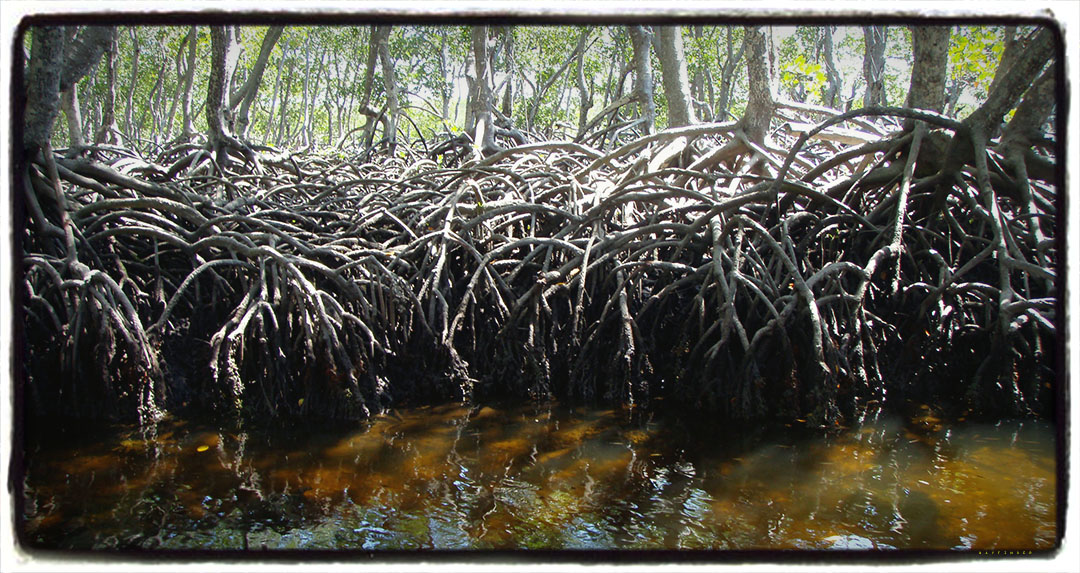
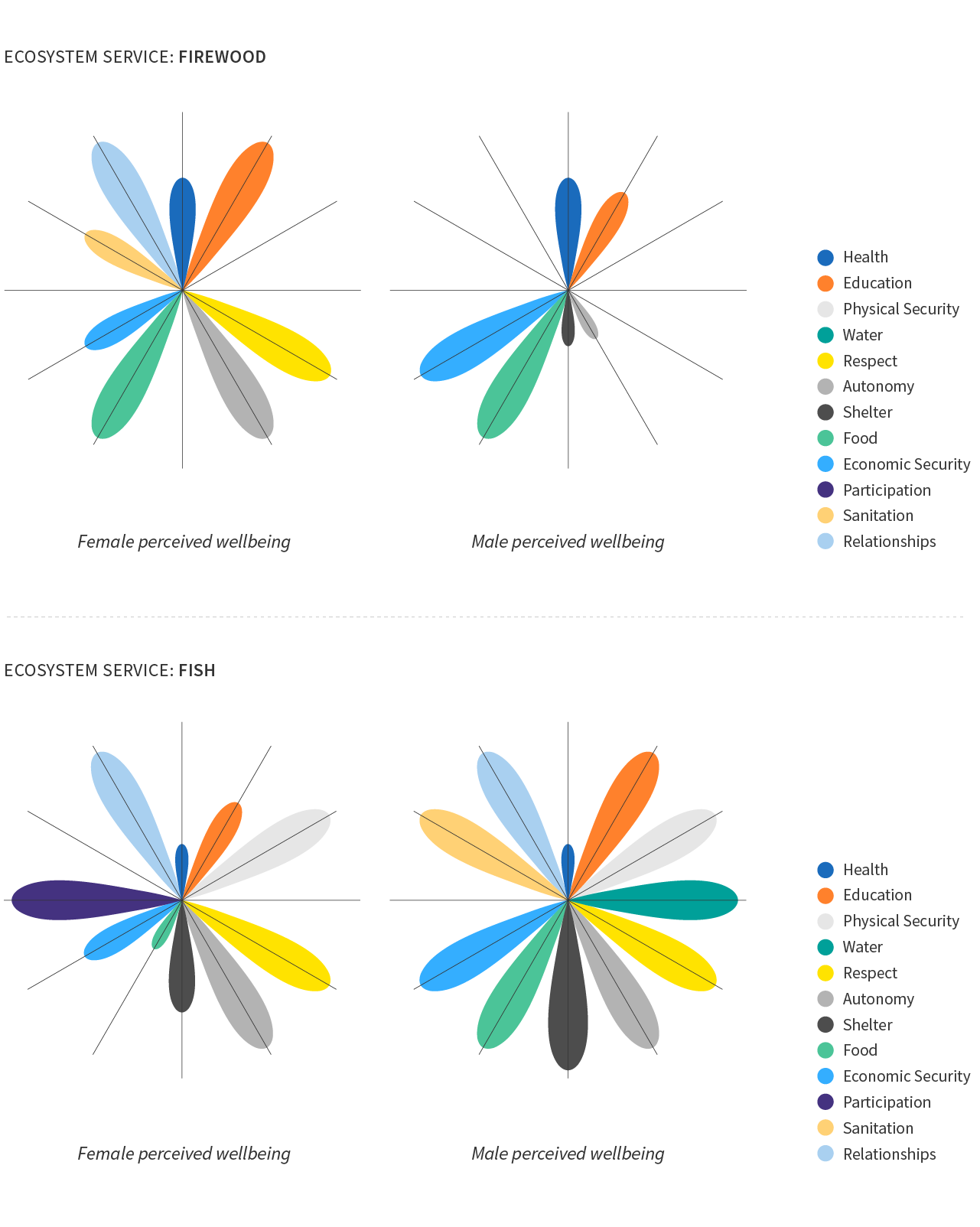
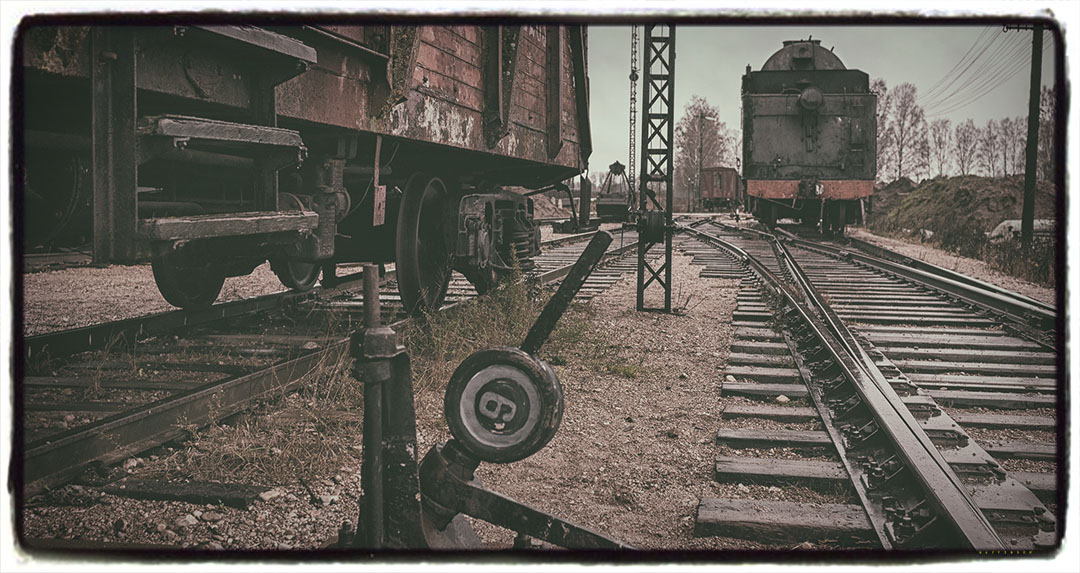
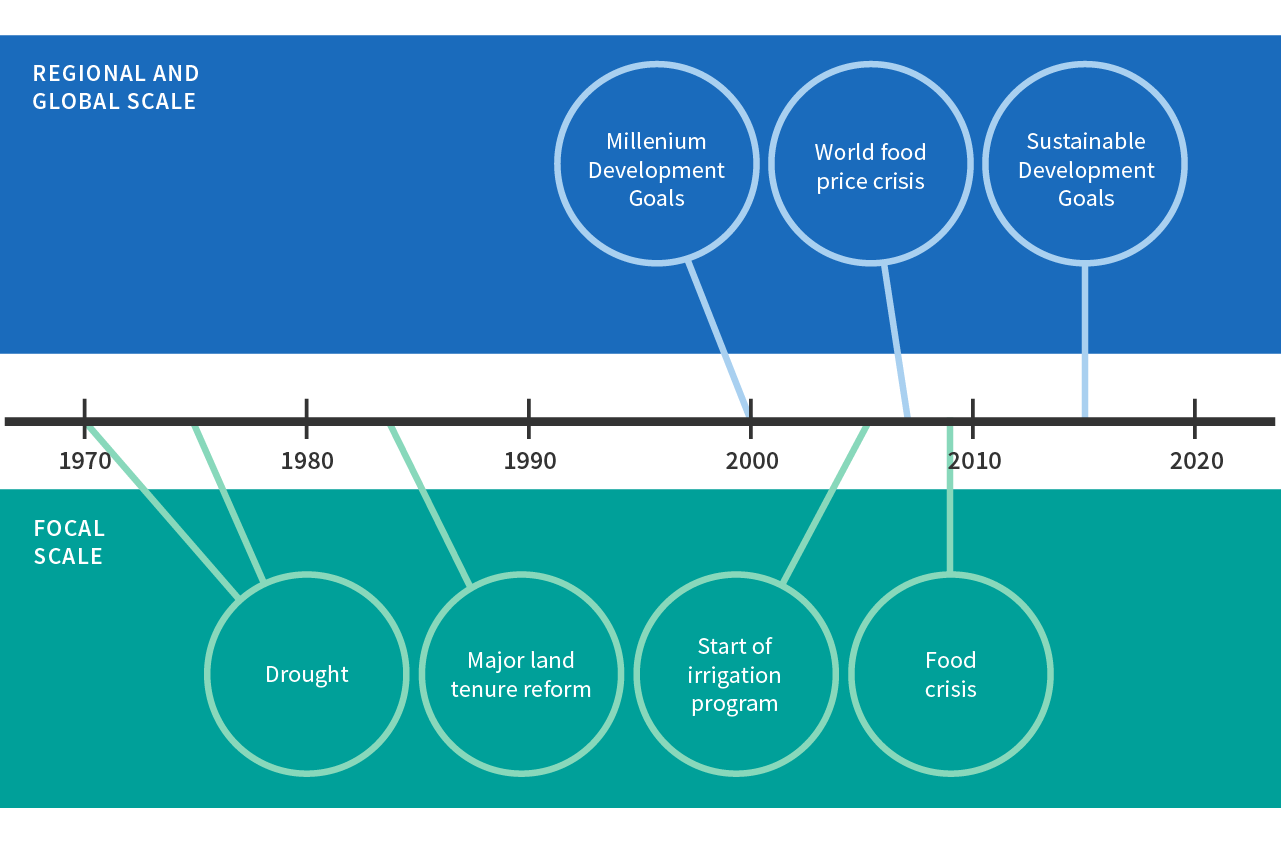
11: Social-ecological dilemmas
Following the discussion about aspirations and benefits, the next thing to do is to identify what it is that people find problematic about the system. In other words, what is it that hinders them from achieving their aspirations? This work card details how you can define these problems as social-ecological dilemmas.
In smaller single stakeholder meetings and larger multi-stakeholder workshops, explore the social-ecological dilemmas perceived as the most problematic. Ensure the process clearly identifies the underlying cause of the dilemma where possible at his stage.
Suggested approach: workshops with multiple stakeholders
Time required: 2-3hrs
Facilitation skill level: High
Resources: workshop materials, whiteboards, poster paper, markers, sticky notes
What is a social-ecological dilemma?
It is now time to start defining and describing the main problems and issues in the system. In Wayfinder, we frame these problems as social-ecological dilemmas. They are the local scale expression of the sustainability challenges that we face, but we refer to them as dilemmas, because at this level, the problems are often about choices between different stakeholders’ values and how we prioritize to deal with different types of social, economical and environmental interests. This generally involves difficult but not insurmountable challenges, for instance about where resources should be extracted, in what way, and for whose benefit. Through these discussions, issues of power, rights, equity and access to resources for different groups in the community start to emerge.
Flooding after heavy rains in the streets of Addis Ababa, Ethiopia, creating large problems for the inhabitants, who as a consequence suffer from loss of property and poor sanitation. The Wayfinder process, focuses on how to address this type of social-ecological dilemma, which are the local scale expression of the sustainability challenges that we face. Photo: iStock.
A social-ecological dilemma could, for example, revolve around the generation of different types of ecosystem services, or the choices regarding how benefits from the system are distributed. Distribution of water for multiple purposes such as irrigation, drinking water, hydroelectric power, and fisheries habitat for example can lead to a difficult dilemma when there is a limited supply of water and unequal access rights to water among different stakeholders. Another dilemma might involve how much land to manage for agricultural production versus biodiversity protection, or how to best combine these objectives. These types of issues share elements of trade-offs, e.g. between those who win and those who lose from the current state of affairs, between short and long term benefits or about how potential changes to the distribution of benefits may impact differently on various groups of stakeholder and can therefore be described in terms of a social-ecological dilemma.
Exploring dilemmas
Working out the dilemmas is usually quite straightforward, as this is what got people involved in the process to start with. For example, “we have a problem with soil fertility, declining harvests, and farmer incomes that needs to be solved”, or “young people are leaving these rural areas so there is no one that can take over the farms in the future”. However, it is important to remember that the first framing of the dilemmas is likely to change during the process as your understanding of the system dynamics evolve and you learn more about how the system works.
To start, use the attached discussion guide to help you explore relationships between key issues and problems that concern people in your system and that prevents them for reaching their aspirations. The attached activity sheet will also help you reflect on how your dilemmas link to the global sustainability goals.
References
Here are some suggested references if you want to read more about the issues discussed in this work card:
Bennett, E.M., G.D. Peterson, and L.J. Gordon. 2009. Understanding relationships among multiple ecosystem services. Ecology Letters 12:1394-1404.
Dearing et al. 2014. Safe and just operating spaces for regional social-ecological systems. Global Environmental Change 28 (2014) 227–238
Galafassi, D., et al. 2017. Learning about social-ecological trade-offs. Ecology and Society 22(1):2.
Activity sheets
Discussion guides